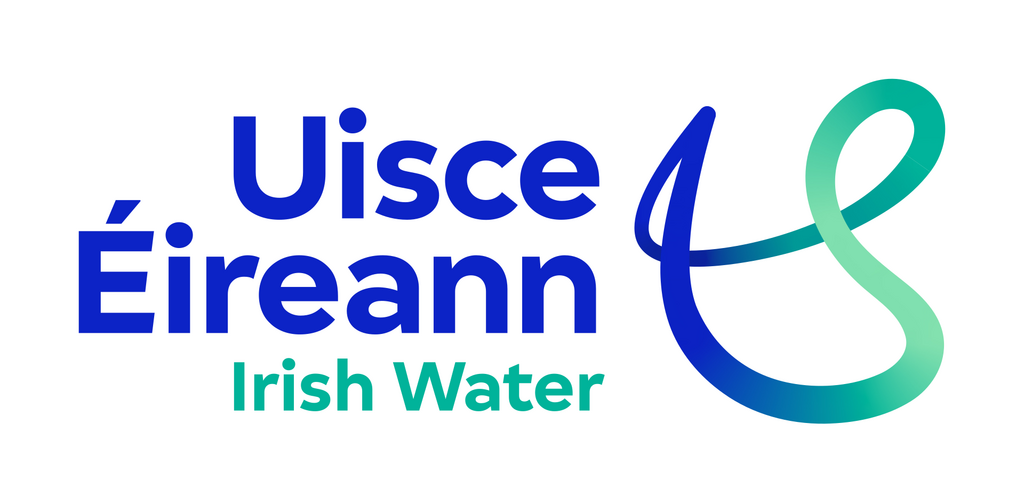Tá sé beartaithe ag an Roinn Tithíochta i mBaile Átha Cliath tabhairt faoi tháillí uisce arís. Cé go ndúradh i ráiteas leo ‘nach raibh aon phleananna’ acu táillí ar son ‘ró-úsáid uisce’ a thabhairt isteach agus ‘nach raibh siad luaite sa Chlár Rialtais’, is cosúil go bhfuil neart oibre ar bun sa chúlra chun tabhairt faoina leithéid sa todhchaí.
An leithscéal a bhfuil leas á bhaint as an uair seo ná cúrsaí caomhnaithe. Bhuel, b’in an leithscéal a bhí ann cheana sa tréimhse inar éirigh an pobal amach i gcoinne na dtáillí. An babhta seo, tá an Roinn Tithíochta ag díriú isteach níos mó ar cheist an chaomhnaithe, agus ar bhealach níos glice.
Beidh idirdhealú á dhéanamh idir ‘táillí uisce’ (ar theip orthu iad a thabhairt isteach cheana) agus ‘táillí ar son ró-úsáid uisce’.

An plean atá ann ná liúntas bliantúil 217,000 lítear a thabhairt do gach teach, ach go mbeidh costas €1.85 ar gach 1,000 lítear thar an teorainn sin má sháraítear í. Tá eagraíocht stáitiomlán nua ann agus ainm breá Gaeilge air, An Fóram Uisce, bunaithe le ‘comhairle’ a thabhairt fiú amháin.
Léirigh anailís a foilsíodh in 2023 gur úsáid 10% d’áitribh 35% den uisce. Is dócha gur daoine iad seo a bhfuil gairdíní acu, gairdíní móra a bhformhór, agus a úsáideann neart uisce sa samhradh go háirithe dá bplásóga agus bláthanna breátha.
De ghnáth ní bheinn i gcoinne cáin a ghearradh ar lucht an rachmais ina dtithe ollmhóra. Ach, tá a fhios againn ónár dtaithí le táillí uisce sna tíortha béal dorais linn, an Bhreatain Bheag agus Sasana, gur úsáideadh leithscéal an chaomhnaithe chun clár príobháidithe a bhrú isteach. Bealach é seo chun acmhainn nádúrtha, an t-uisce, a iompú isteach i sealúchas príobháideach gur féidir le comhlachtaí brabús a bhaint as.
Má ghlactar le prionsabal na dtáillí, déanfar iad a leathnú amach agus is cáin bhreise a bheas iontu. Tá daoine ag streachailt a ndóthain leis an gcostas maireachtála faoi láthair, go háirithe le costais fuinnimh.
Ní bheidh sna táillí uisce, má ghlactar leo, ach uirlis eile le maoin a aistriú ó ghnáthoibrithe agus na bochtáin go lucht an rachmais. Is é seo nós an caipitleachais nualiobrálaigh ar fud na cruinne.
An bhuncheist don phobal is ea an mbeidh éirí amach i gcoinne na dtáillí seo? Ós rud é go bhfuil gliceas an stáit ag díriú ar cheann caol na dinge ar dtús báire agus nach bhfuil bagairt láithreach d’fhormhór an phobail, beidh sé níos deacra daoine a shlógadh an uair seo.
Anuas air sin, tá fearg bhlianta na déine laghdaithe cuid mhaith, nó curtha i dtreo na n-imirceach ag an eite dheas i bhfad amach, agus i dtreo tuairimí comhcheilge ag na meáin shóisialta nach raibh chomh cumhachtach sin deich mbliana ó shin.
Tá athruithe tagtha ar chomhdhéanamh ceannaireacht cuid de na ceardchumainn a bhí go mór chun cinn san fheachtas i gcoinne na dtáillí idir 2014 agus 2016 go háirithe. Brúdh amach daoine sinsearacha a bhí ar an eite chlé, agus tá daoine coimeádacha i bhfeighil anois agus spéis dá laghad acu in ollslógaí móra sráide.
Ach, i ndeireadh na dála, roimh do na ceardchumainn agus na páirtithe polaitiúla cléacha teacht ar bord leis an bhfeachtas 10 mbliana ó shin, b’fheachtas é a d’fhorbair ón mbun aníos. Thagadh pobail amach ina n-eastáit chun cosc fisiciúil a chuir ar lucht Uisce Éireann agus na Gardaí a bhí ag cur na méadar uisce isteach.
Mar sin féin, tá na méadair sa talamh anois lasmuigh de chuid mhaith tithe. Beidh an tréimhse amach romhainn spéisiúil. An bhfuil an t-ocras sin ar an eite chlé tabhairt faoi bhabhta eile sa chath chun an acmhainn nádúrtha is bunúsaí, uisce, a choinneáil i seilbh an phobail seachas i seilbh na scairshealbhóirí?
Beidh dreamannaí poblachtánacha, agus Misneach ina measc, sásta an fód a sheasamh i gcoinne na dtáillí arís.












